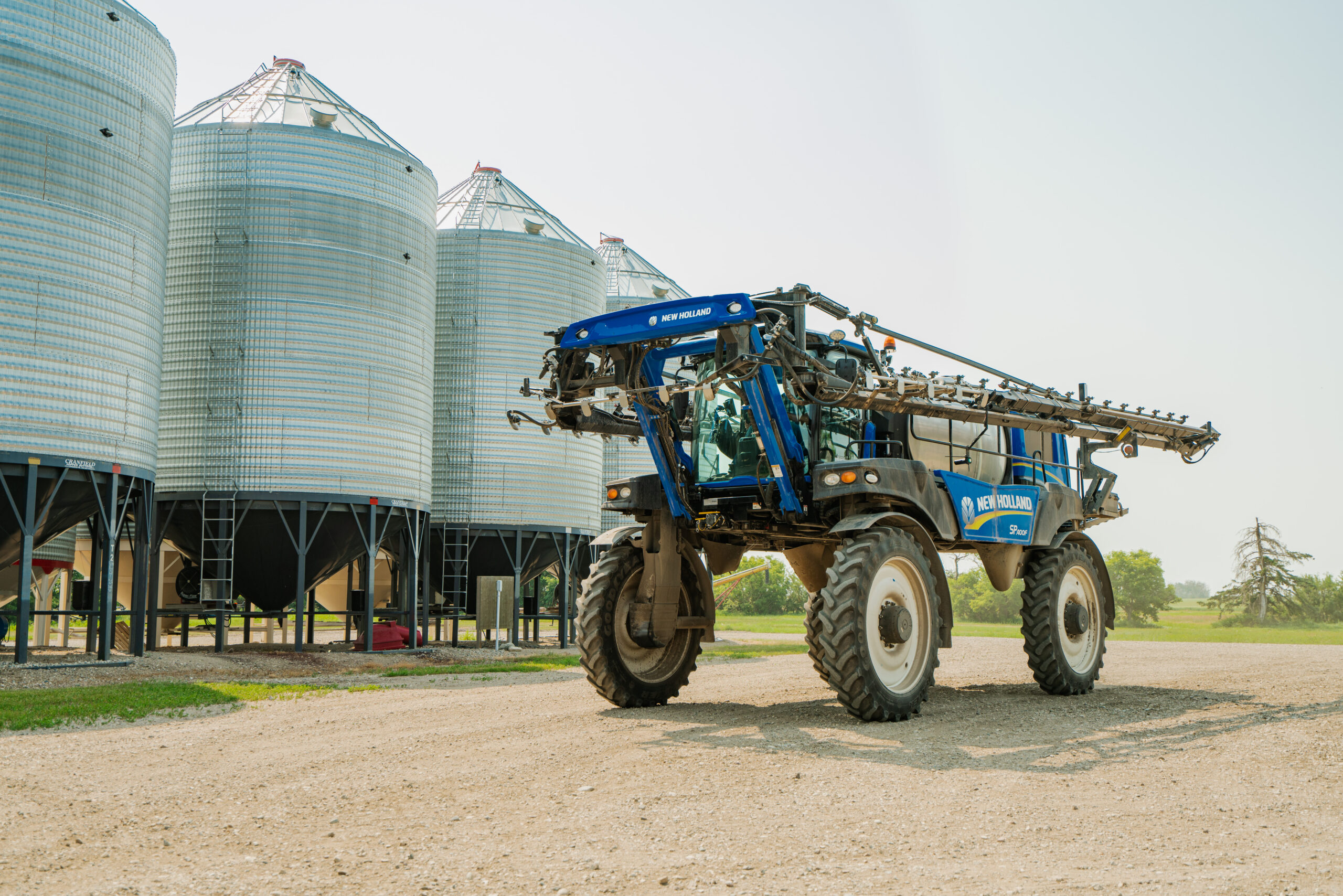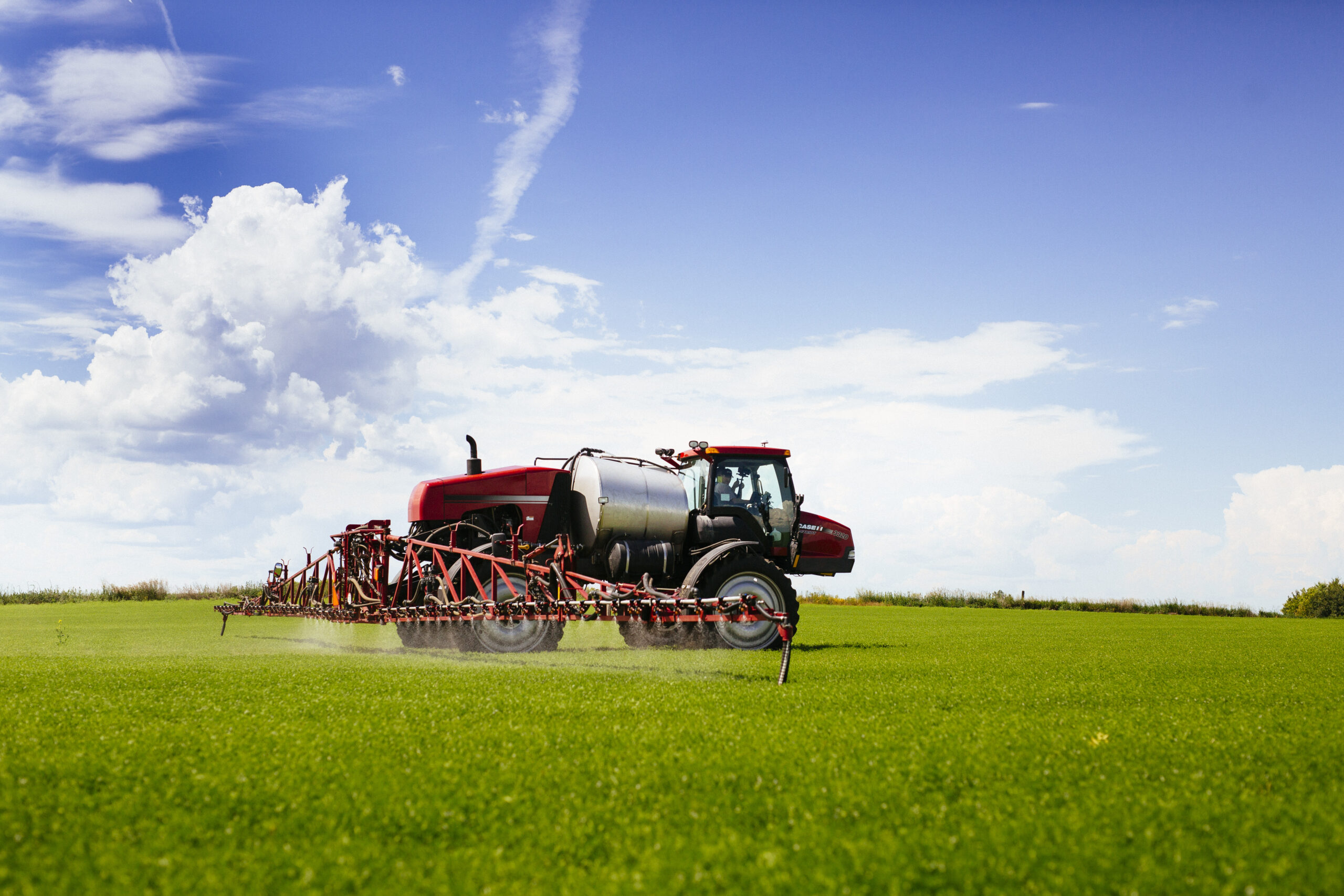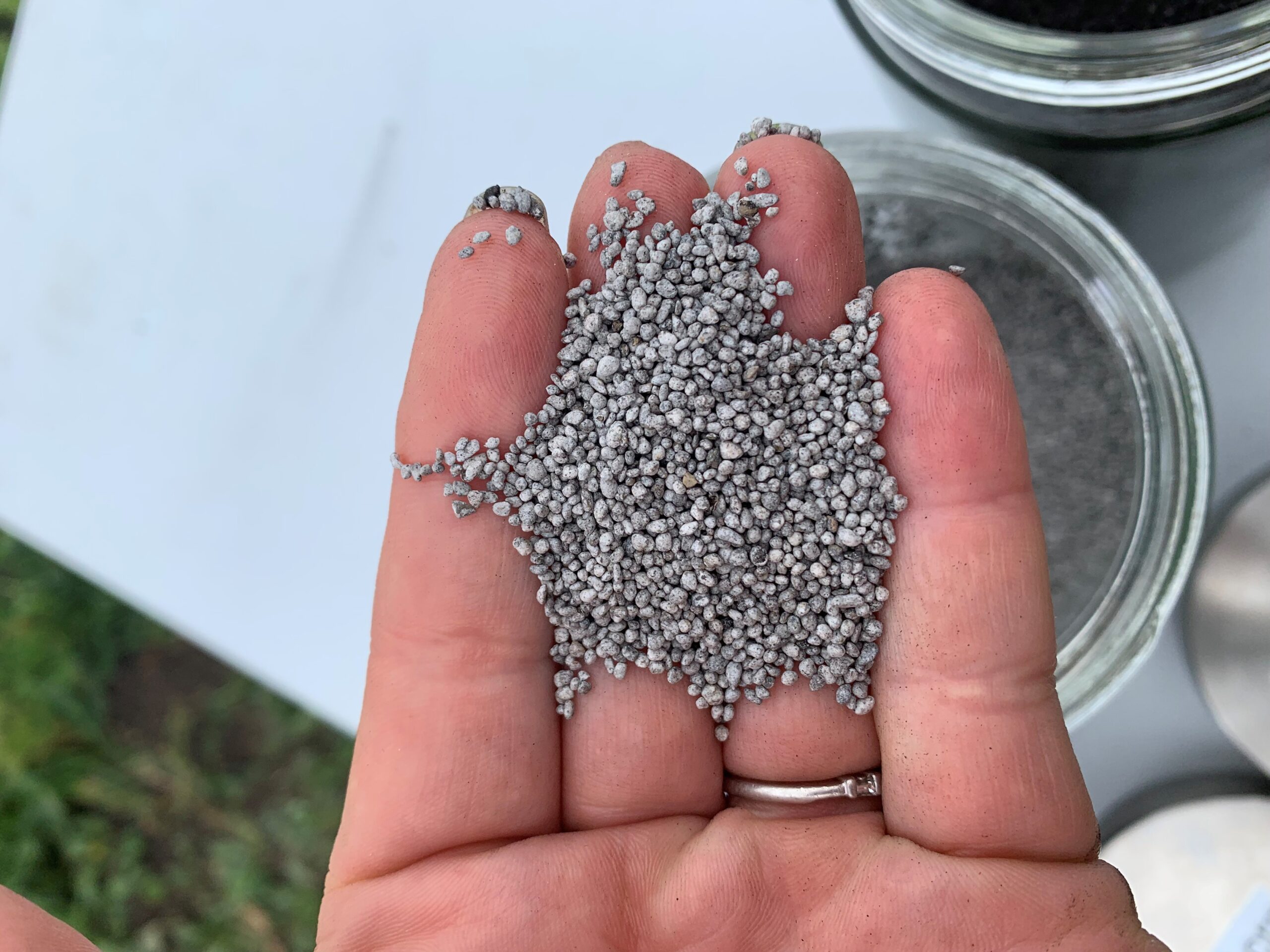Chickpeas germinate with the cotyledon remaining below ground (hypogeal germination). The epicotyl (part of the stem above cotyledons) grows toward soil surface and pushes the main shoot (plumule) above ground. As the shoot grows towards the soil surface and emerges, growing points (nodes) become evident. The first two nodes of chickpeas develop below or at soil surface and the small leaves associated at these nodes are called scale leaves. Regrowth is possible from buds at the base of these scale leaves.
The first true leaf is produced at the third node position. Desi chickpea and newer Kabuli varieties have leaves about five centimetres long with nine to 15 leaflets, and are described as having a fern-leaf structure. Some older Kabuli varieties, such as CDC Xena, have a single (unifoliate) leaf structure instead of leaflets.
Growth is rapid during vegetative stages and chickpea seedlings can produce new nodes every three to four days. Chickpea plants will produce up to seven primary branches originating near ground level, usually leading to an erect growth habit. A large number of secondary branches are produced on the main stem and primary branches.


Staging at the Vegetative Stage
When staging at the vegetative stage, some guides refer to true leaf stage, node stage, or above-ground node stage. When considering pesticide applications, make sure you know which stage the products are referring to. In the Chickpea Growth Stages Diagram, the two leaf stage would also be equivalent to the third above-ground node stage, as one of the lower nodes (scale leaves) is above-ground.
Staging can be difficult and sometimes the true leaves or scale leaves have been removed due to environmental damage, insect pressure, or for some other reason. When determining crop stage, include nodes where the leaves are fully opened or unfolded. Youngest or newly emerging leaves are not included in staging unless completely open. Closely inspect the stem and identify potential growing points or nodes. Not only can regrowth occur from these locations but regrowth can also occur from the seed. In the case of regrowth, expect delays in maturity.




